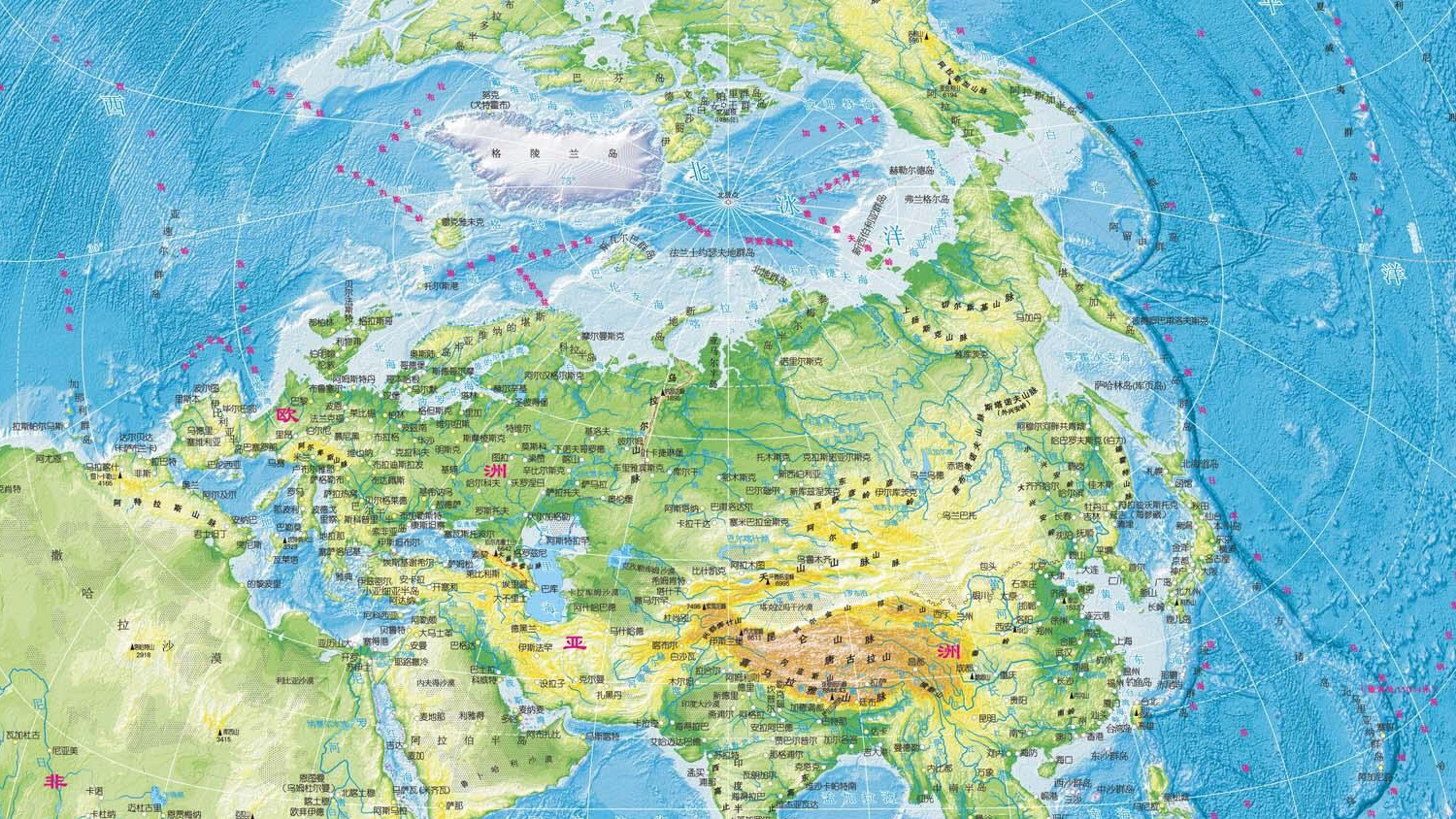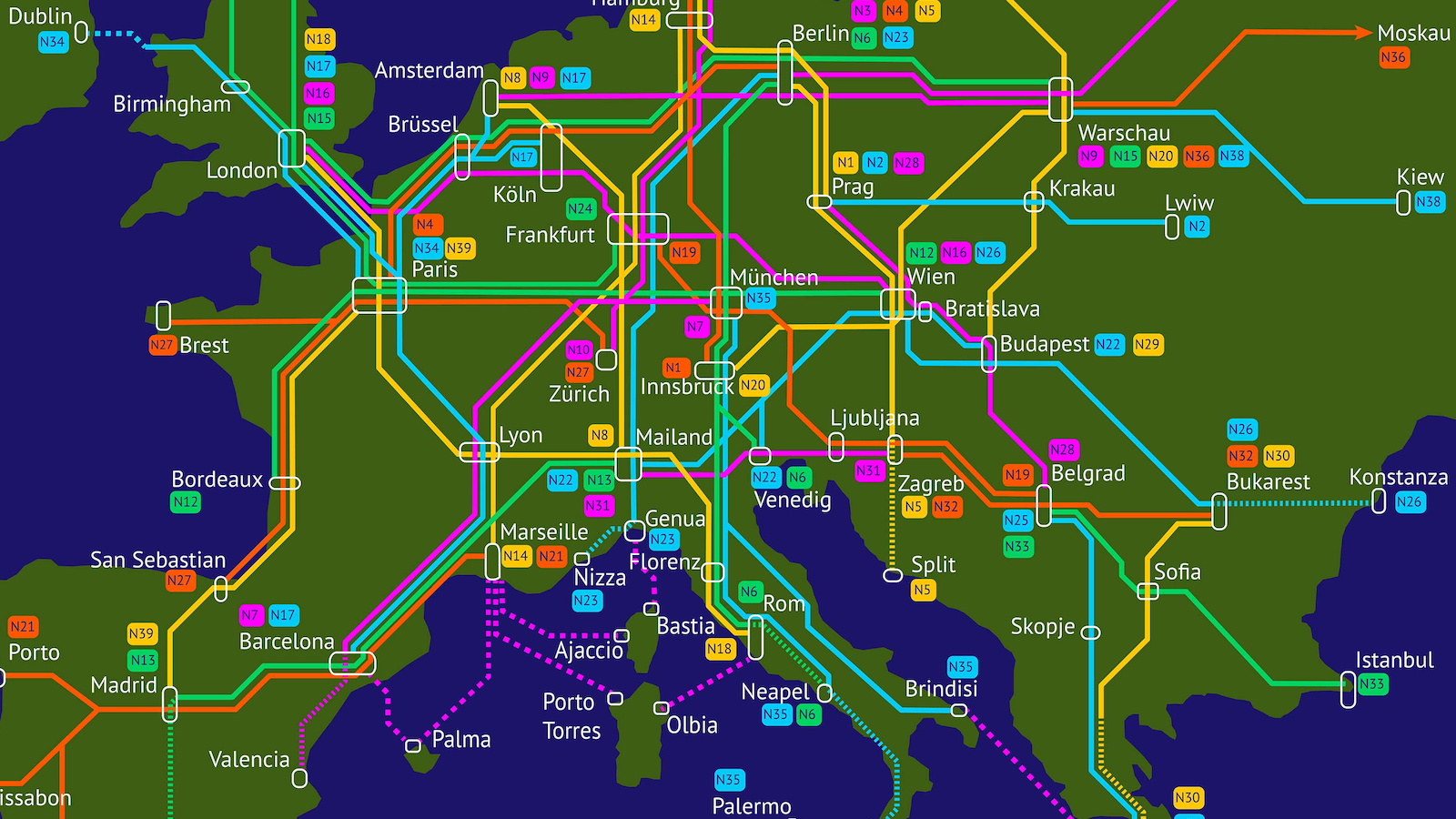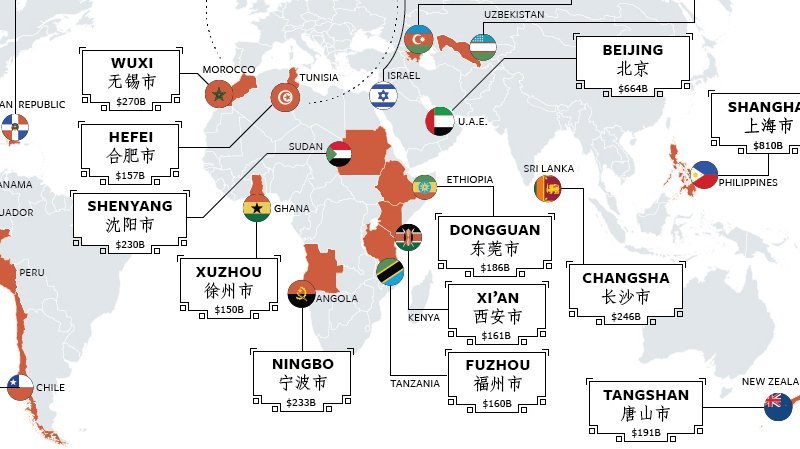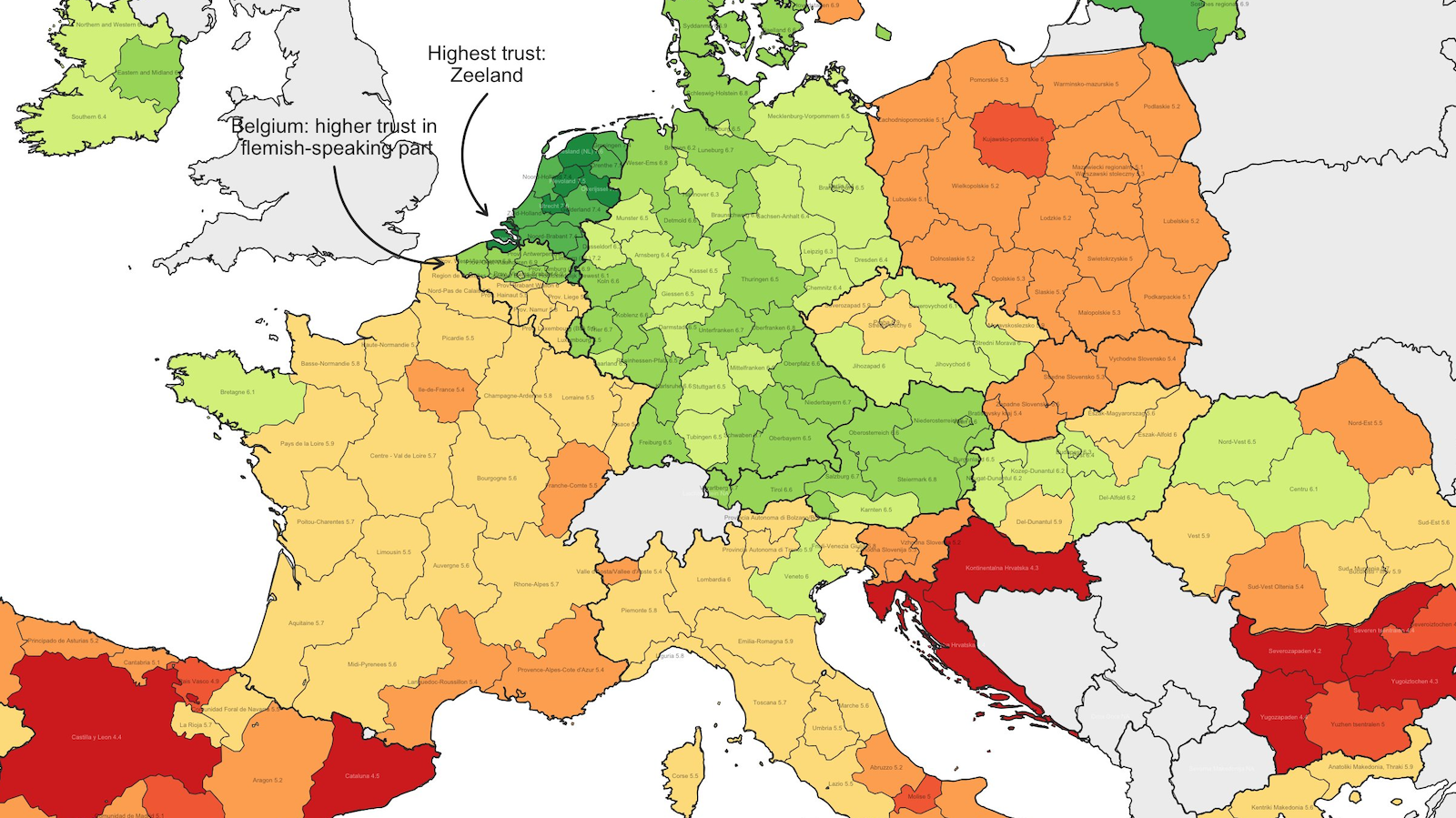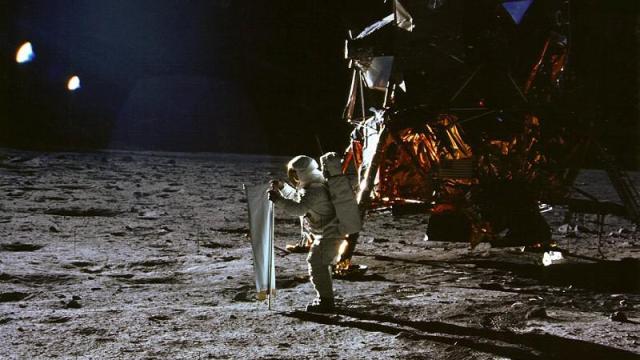The map as detective: finding lost mothers — and fugitive killers
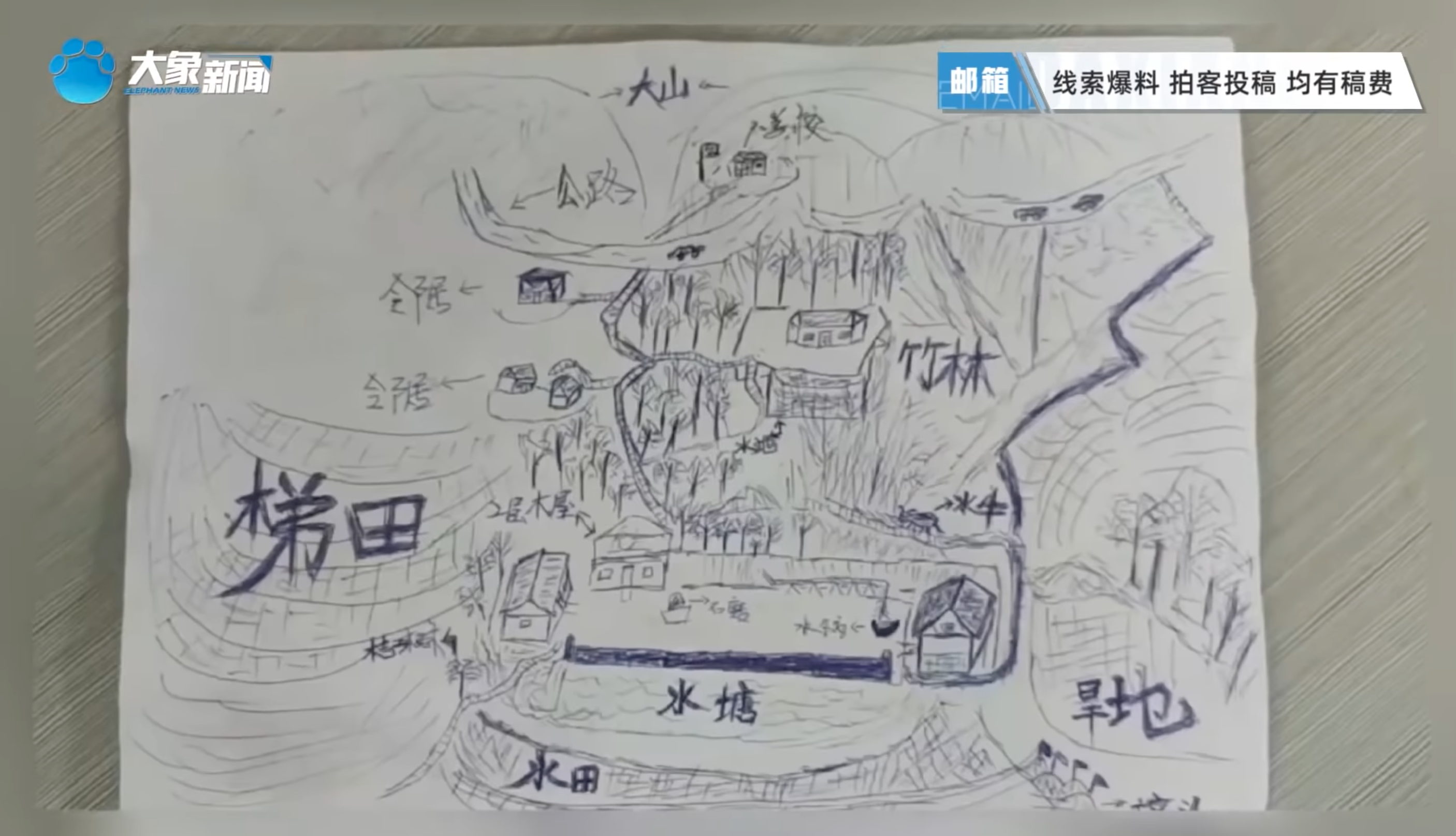
- Maps are tools to get from A to B, but they also can restore lost connections between people.
- One recent story shows how a map reunited a Chinese abductee with his family after 32 years of separation.
- Not all reunions are as happy for all involved: Another map helped police find an Italian killer on the run.
Cartography is the Clark Kent of trades. Most of its time is spent on humdrum tasks like showing us where A is and how to get to B. But occasionally, the mild-mannered directional tool emerges from a metaphorical phone booth to dazzle us with unexpected and amazing feats of mappery.
At their most extraordinary, maps can guide us across time as well as space, and connect people as well as places. Two recent examples of such extraordinary correspondences spring to mind. In China, a map drawn from memory helped reunite a child abductee with his mother, 32 years after his kidnapping. And in Europe, an Italian killer on the run for 20 years was caught by police thanks to Google Maps.
Solving a child abduction in China
First, to China. Li Jingwei, nickname Jiajia, was born on February 23, 1986 in Shaanxi province. When he was about three years old, his mother Li Jingzhi bought him a tricycle. “I’ve kept it ever since,” she told the South China Morning Post. “When I thought about my son, I would look at the tricycle and try to remember how he looked riding it.”
On October 17, 1989, disaster struck. While his father was taking him to kindergarten in the city of Xi’an, Jiajia disappeared. It only took a few seconds, while his father briefly looked away.
Li Jingwei was sold to a family living in Lankao, hundreds of miles away in Henan province. He never quite forgot what happened but was too young at the time to remember the names of people and places. When he was old and brave enough to start asking his new family for details, he met a wall of silence.
Just like she held on to that tricycle, Li Jingzhi never let go of the hope of finding her son. She started looking in her home province but ended up searching for her son in most other provinces of China, too. On her odyssey, she got a sense of the scale of the child abduction epidemic: “In some villages, there were up to eight children who were bought from human traffickers.”
None of them turned out to be her son. Although the disappointment weighed heavy on Li Jingzhi, her efforts weren’t all in vain. In cooperation with the anti-human trafficking department of the Chinese police, she managed to reunite up to 28 abductees with their birth families.
Meanwhile, Li Jingwei had struck upon a novel attempt to reconnect with his birth family. From memory, he had drawn a map of his home village. The map showed the location of what Li Jingwei thought may have been a school, a bamboo forest, a small pond, and other features.

Early last year, he posted a short video on Douyin (the Chinese video-sharing app known outside China as TikTok), showing the map and asking viewers if it rang any bells. It did. He was put in touch with a woman who had been searching for her missing son for 32 years. A DNA test confirmed her identity: she was Li Jingzhi, his mother.
“When the DNA identification came, I realized it wasn’t a dream anymore,” she said. “It was real. I had really found my son.” The reunion, tearful and emotional, took place in Xi’an on May 18, 2020.
A few days prior, when Jiajia had been told his mother’s identity, he looked her up on his phone and realized he recognized her. “I had seen her videos on the internet.” In certain circles, Li Jingzhi is quite famous for her fight against child abductions. The 29th child abductee she managed to reunite with their family would, finally, be her own son.
Child abductions are quite common in China, especially of boys. Chinese culture places a high value on having a son, an ambition made even more difficult by the infamous one-child policy, now abandoned. By one estimate, around 20,000 children were abducted in 2015 alone. Each year, dozens of abductees are reunited with their birth parents, with the help of a specialized police task force, stubborn amateur detectives like Li Jizhing, and the occasional map from memory.
Catching an Italian killer
Unlike Li Jingwei, not all those who are lost want to be found. Case in point: Gioacchino Gammino. Back in the 1980s, Gammino was one Sicilian you didn’t want to mess with. Police suspect he was involved with the Stidda, criminal upstarts fighting a turf war with the longer-established Cosa Nostra.
Gammino was first arrested in 1984 on suspicion of drug trafficking by Giovanni Falcone, the famous mafia-busting judge who would be assassinated by a car bomb in 1992. In the 1990s, the turf war between the rivalling Sicilian crime syndicates escalated, claiming hundreds of lives. Gammino was rearrested in 1999, on suspicion of murder. He spent almost three years behind bars, awaiting trial.
Then one fine day in June 2002, Gammino disappeared from Rebibbia prison in Rome. It was the day film crews were shooting a scene for a TV series in the prison, and Gammino is believed to have used the confusion to simply walk out the front door.
And that was the last of him. It was as if Gammino had fallen off the face of the Earth. For two decades, his trail went cold. Not that the authorities forgot about him: he was finally convicted and sentenced to life in prison for murder — in absentia, of course — and in 2014, a European arrest warrant was issued in his name.
Gammino was one of Italy’s Most Wanted. But the fugitive eluded capture by studiously avoiding contact with family and friends, building a new life far from home. He set down roots in Galapagar, a small town to the northwest of Madrid, changed his name to Manuel, and married a local Spanish woman. “Manuel” got by with honest trades. He had had a restaurant, but he most recently owned and ran a fruit and vegetable shop called El Huerto de Manu (“Manu’s Garden”).
Investigators in Palermo had a suspicion that their man might be hiding in Spain. They won’t say why, but they knew to look for him in the general area where he actually lived. They were checking out the region via the Street View application on Google Maps. And that’s when they got lucky.
When they scrolled past El Huerto de Manu, the detectives instinctively stopped. Pictured outside the shop were two figures, their faces blurred as per Street View protocol. Nevertheless, one of the sleuths believed he recognized one of them by stature and pose.
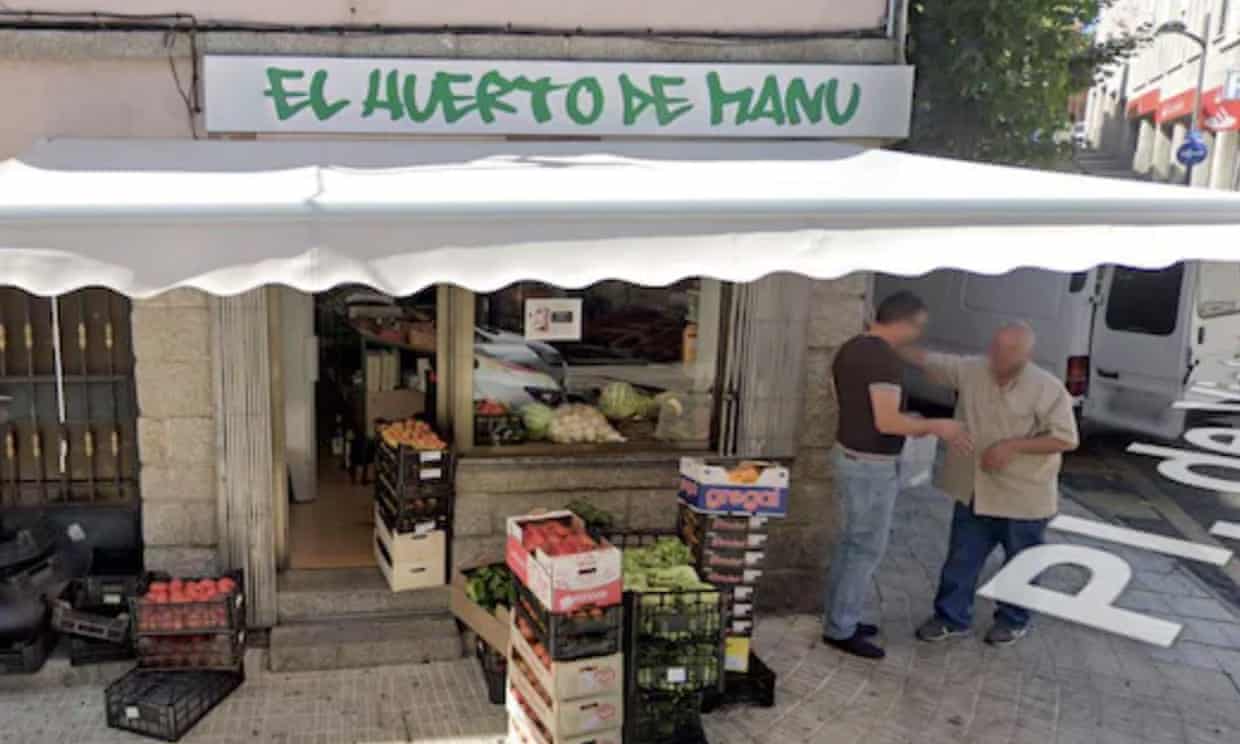
So they started digging. They found that the vegetable shop’s phone number was also linked to a Facebook listing for La Cocina de Manu (“Manu’s Kitchen”). Although that restaurant had been out of business for some time, its listing still showed its old menu, which included a dish called Cena Siciliana (“Sicilian Dinner”).
Even more imprudently, it also included a picture of “Manu,” in chef’s uniform, next to a pizza oven. One of the investigators noticed a scar on the chef’s chin, the same as Gammino. To make extra sure, the investigators used age progression software to match “Manu” with Gammino, now 61 years old. The fugitive was finally arrested on December 17, 2021. When the police came knocking, he reportedly lamented: “How did you find me? I haven’t even phoned my family for 10 years!”
Palermo prosecutor Francesco Lo Voi confirmed to The Guardian that it was the map that did it: “There were many previous and long investigations, which led us to Spain. We were on a good path, with Google Maps helping to confirm our investigations.”
It is expected that Mr Gammino will be extradited from Spain in the next few weeks, to begin serving his life sentence in an Italian jail.
Strange Maps #1126
Got a strange map? Let me know at strangemaps@gmail.com.
Follow Strange Maps on Twitter and Facebook.
